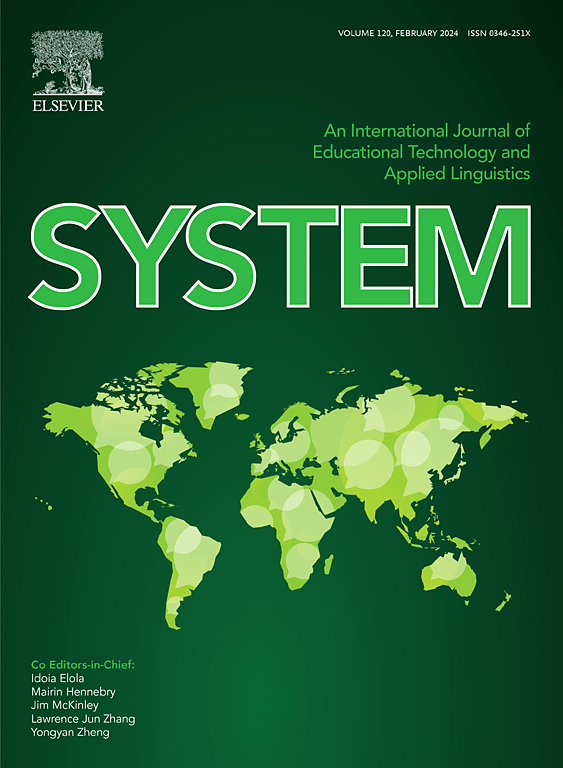Fine mapping genetic variants affecting birth weight in sheep: a GWAS of 3007 individuals using low-coverage whole genome sequencing
IF 6.5
1区 农林科学
Q1 Agricultural and Biological Sciences
引用次数: 0
Abstract
Birth weight is a critical economic trait in livestock production. However, its genetic architecture remains poorly understood due to historical limitations in sample size and reliance on low-density SNP arrays. In this study, we utilized low-coverage whole-genome sequencing (lcWGS) to genotype 3,007 Hu sheep, bypassing the cost and resolution constraints of conventional genotyping arrays while achieving scalable genome-wide variant detection. LcWGS with high imputation accuracy (97.8% allelic concordance) enabled genome-wide association studies (GWAS) identifying two novel quantitative trait loci (QTLs) on chromosomes 6 and 9. The chromosome 9 QTL encompassed a regulatory region functionally linked to PLAG1 expression through expression quantitative trait locus (eQTL) mapping. Compared with wild-type homozygotes, heterozygous carriers of the lead SNP (chr9:g.35920172A > G) presented a 9.85% increase in birth weight (3.35 kg vs. 3.68 kg; Δ = 0.33 kg). Notably, the derived allele of this SNP exhibited low frequencies of < 0.1 across most global sheep breeds except Dorper, highlighting its potential for selective breeding applications. Leveraging lcWGS data, haplotype-based fine-mapping prioritized three candidate causal variants. A secondary QTL on chromosome 6 colocalized with the FecB mutation, a well-established locus associated with increased litter size. Intriguingly, individuals carrying one FecB allele showed a 6.18% reduction (0.22 kg) in birth weight, which tentatively indicates potential pleiotropic influences on both growth and reproductive traits. This study demonstrates the utility of lcWGS as a cost-effective, high-resolution tool for dissecting complex traits in livestock. Our findings not only advance the understanding of birth weight genetics in sheep but also offer a blueprint for accelerating genetic improvement programs in global livestock production through cost-effective, genome-wide approaches.精细定位影响绵羊出生体重的遗传变异:使用低覆盖率全基因组测序的3007个体GWAS
出生体重是畜牧生产中一个重要的经济性状。然而,由于样本量的历史限制和对低密度SNP阵列的依赖,其遗传结构仍然知之甚少。在这项研究中,我们利用低覆盖全基因组测序(lcWGS)对3,007只湖羊进行了基因分型,绕过了传统基因分型阵列的成本和分辨率限制,同时实现了可扩展的全基因组变异检测。LcWGS具有较高的归算准确率(等位基因一致性为97.8%),可用于全基因组关联研究(GWAS),鉴定出6号染色体和9号染色体上的两个新的数量性状位点(qtl)。通过表达数量性状位点(eQTL)定位,9号染色体包含一个与PLAG1表达功能相关的调控区域。与野生型纯合子相比,先导SNP (chr9: G . 35920172a > G)的杂合携带者的出生体重增加了9.85% (3.35 kg vs. 3.68 kg;Δ = 0.33 kg)。值得注意的是,该SNP的衍生等位基因在除杜珀以外的大多数全球绵羊品种中表现出< 0.1的低频率,突出了其选择性育种应用的潜力。利用lcWGS数据,基于单倍型的精细映射优先考虑了三个候选因果变异。6号染色体上的二级QTL与FecB突变共定位,这是一个与产仔数增加相关的确定位点。有趣的是,携带一个FecB等位基因的个体的出生体重减少了6.18% (0.22 kg),这初步表明了对生长和生殖性状的潜在多效性影响。这项研究证明了lcWGS作为一种成本效益高、分辨率高的工具,可以用于解剖牲畜的复杂性状。我们的研究结果不仅促进了对绵羊出生体重遗传学的理解,而且还为通过具有成本效益的全基因组方法加速全球畜牧生产的遗传改良计划提供了蓝图。
本文章由计算机程序翻译,如有差异,请以英文原文为准。
求助全文
约1分钟内获得全文
求助全文
来源期刊

Journal of Animal Science and Biotechnology
AGRICULTURE, DAIRY & ANIMAL SCIENCE-
CiteScore
9.90
自引率
2.90%
发文量
822
审稿时长
17 weeks
期刊介绍:
Journal of Animal Science and Biotechnology is an open access, peer-reviewed journal that encompasses all aspects of animal science and biotechnology. That includes domestic animal production, animal genetics and breeding, animal reproduction and physiology, animal nutrition and biochemistry, feed processing technology and bioevaluation, animal biotechnology, and meat science.
 求助内容:
求助内容: 应助结果提醒方式:
应助结果提醒方式:


